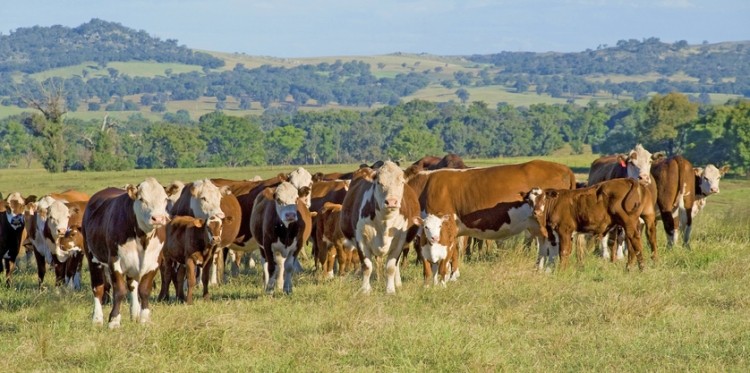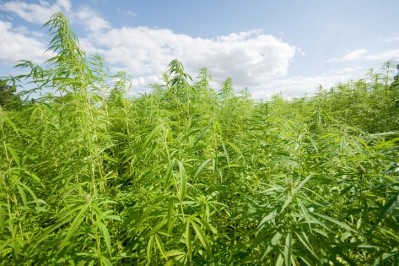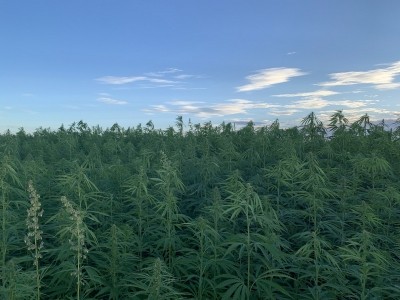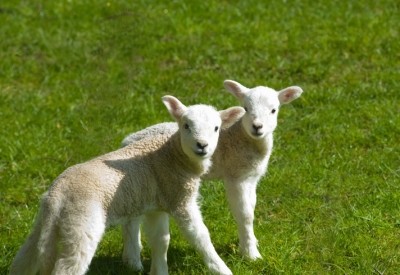Study underway to help support development of industrial hemp industry in Australia

The work at Charles Sturt University will assess how long tetrahydrocannabinol (THC) is present in meat, and the findings will provide information to develop the industrial hemp industry in Australia.
The project funded by AgriFutures Australia and led by the Department of Primary Industries and Regional Development, Western Australia (DPIRD) with Charles Sturt and ChemCentre, aims to provide new information to inform regulators and contribute towards an industry Code of Practice.
Associate professor, Gaye Krebs, based at the Charles Sturt School of Agricultural, Environmental and Veterinary Sciences and Graham Centre for Agricultural Innovation said industrial hemp is an emerging crop that shows great potential but that more data is needed about its potential for grazing.
“Hemp is a fast-growing, water efficient annual crop that can be grown in a number of Australian states under strict license conditions for seeds and fiber.
“A pilot study carried out at Charles Sturt University identified potential for the crop to be used in livestock feed. But it also highlighted the need for more information, particularly around residues of THC in meat.”
Filling knowledge gaps
While industrial hemp contains low levels of the psychoactive compound, DPIRD project lead, Dr Bronwyn Blake, said globally there has been very little research carried out about the breakdown of THC in sheep and cattle and how long it remains in tissue after animals have been fed industrial hemp.
“Our research aims to fill in some of those knowledge gaps to provide the information needed by regulators to allow the crop to be grazed by animals destined for the food chain,” Dr Blake said.
This new study will investigate the feed value and potential for residues in meat from feeding green plant material, as opposed to the crop residue, or stubble, that was used in the pilot study.
“We will also begin pharmacokinetics studies to get an understanding of how long it may take the THC residues to be cleared from the meat and the animal.
“The pilot study compared feeding pellets where the roughage component was either from industrial hemp or straw. It showed there was no difference in feed intake between the groups but the sheep fed the hemp pellets had improved nutrient utilization,” Professor Krebs said.
The research is supported by ChemCentre NATA certified analysis to complete these essential regulatory and compliance studies that enhance world first understanding of industrial hemp feed use by ruminants.








